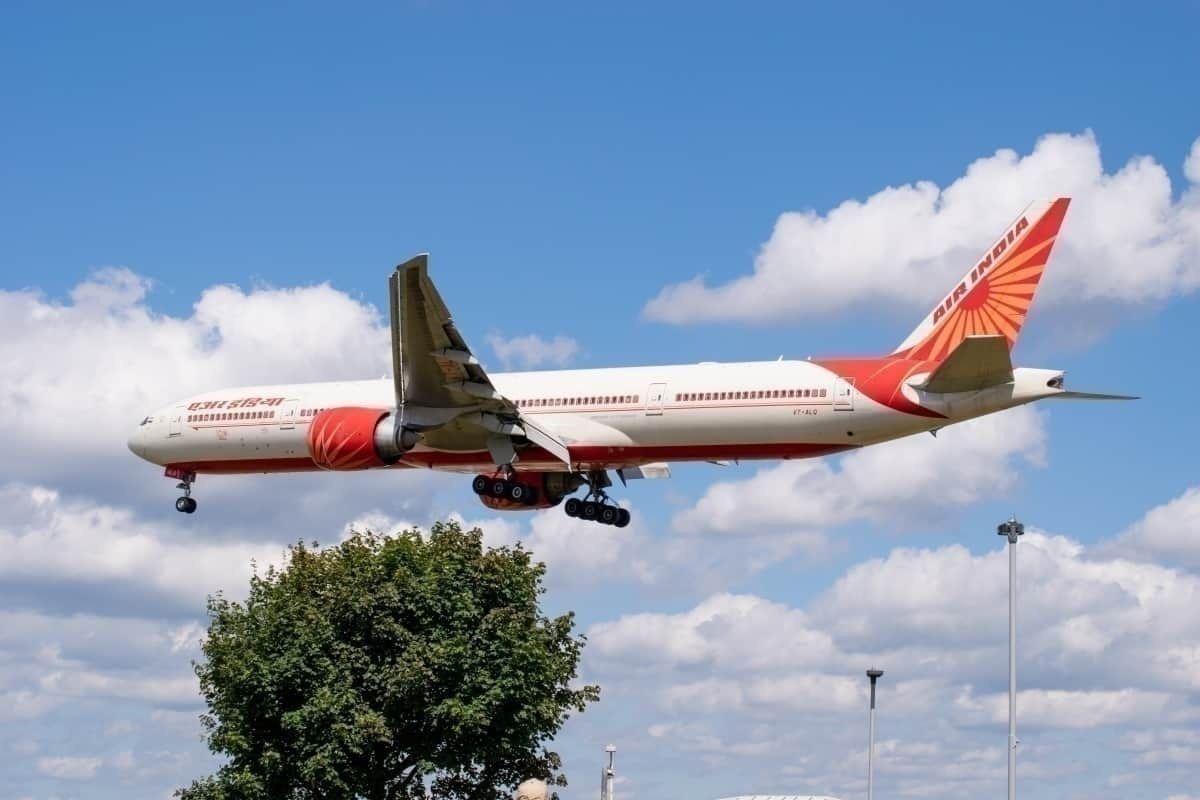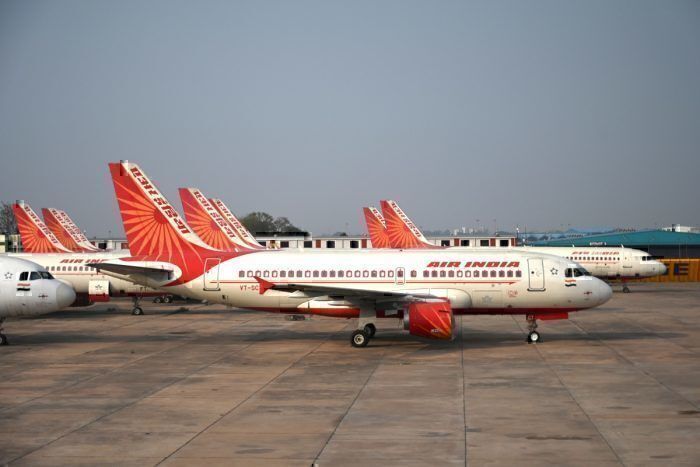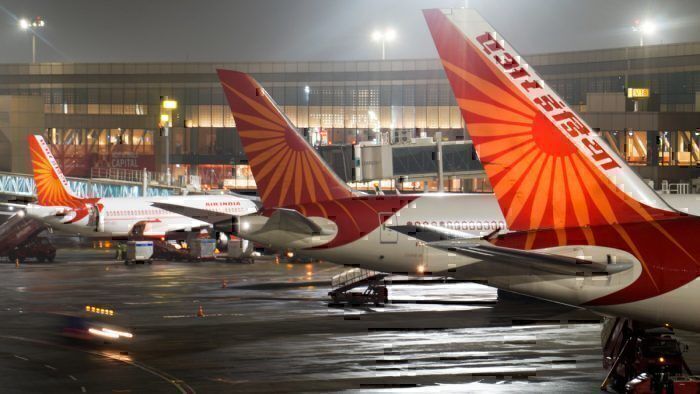As the coronavirus outbreak continues to spread, India is in the midst of a massive repatriation effort. The government has currently rescued over 6,000 Indians and plans to rescue a total of 14,800 citizens from 12 countries. However, this is not the end of the rescue effort. The government plans to expand the flights to cover 31 countries in the coming weeks, as a part of the Phase 2 effort. Let's find out more.
Efforts to repatriate citizens continue
India began its repatriation effort on May 7th, bringing those citizens with 'compelling reasons' for assistance, as deemed by the government. This meant the focus is on the elderly, pregnant women, stranded students, and those with visa issues and at risk of deportation. According to the government, 68,000 people fall into this category. However, there are still thousands who are hoping to come home.
Currently, the government is flying from 12 countries: USA, UK, Bangladesh, Singapore, Saudi Arabia, Kuwait, Philippines, UAE, and Malaysia. These are countries with large Indian populations and explains why they were chosen for the initial efforts. Flights are also being operated to several Indian cities, creating regional hubs for further transport.
Air India taking the lead
As India's flag carrier, it is no surprise that Air India is operating these repatriation flights. Of the 64 flights, Air India is operating 42 and Air India Express, its subsidiary, is operating the other 24. Air India's fleet of widebody and narrowbody aircraft allows it to fly to all of the 12 countries from India nonstop. The airline uses a fleet of 747s,777s, 787s, A320s, while Air India Express uses only 737s.
More phases to come
While the first phase of repatriation flights wrap up today, India is not done yet. The country has already announced Phase 2 of the repatriation effort. Moreover, this effort will be broader, targeting 31 countries on four continents. India will add Nepal, Nigeria, Ukraine, Belarus, and several other countries to the list. The second phase will be between 16th and 22nd May, with 149 flights, bringing back over 30,000 people.
Interestingly, the government is allowing foreign citizens and Indians with long term visas or permanent residency to take the outbound repatriation flight. This means foreigners and Indians who reside outside India have the opportunity to return to their countries. Undoubtedly, this will help thousands who are stranded in India and need to travel back home or for prior commitments.
It is to be noted that India is charging for these flights. The one-way flight from the US costs $1,327 (Rs. 1,00,000), while one-way flights from Singapore cost $265 (Rs. 20,000). While prices are high, they are much lower than the fares being charged by countries such as New Zealand. The prices are based on distance traveled, and it is unclear if the government is subsidizing the flights.
Overall
India's repatriation efforts have been welcome by those stranded abroad. As India's flight ban continues, and prospects of international flights remain low, rescue flights will be critical to many. As India plans for the second phase of repatriation efforts, many are hoping that India expands the criteria for rescue to include more citizens. The coming months could see hundreds of thousands rescued in what has become the largest ever civilian repatriation effort.
What do you think about the government's plan? Are you hoping to take one of the repatriation flights? Let us know in the comments below.



